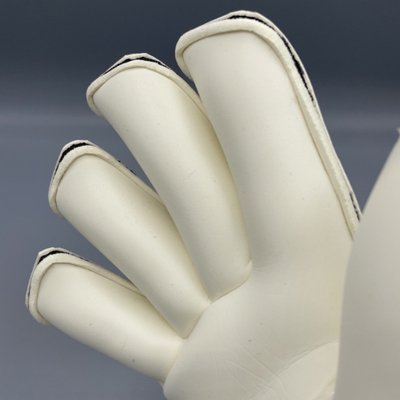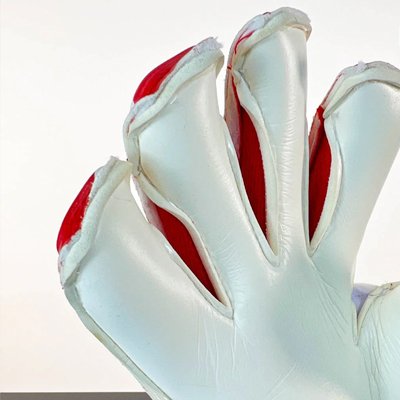In the world of soccer, the equipment utilized by players can significantly affect their game-play. As the last line of defense, a goalkeeper’s gear, particularly the gloves, holds utmost importance. Beyond color, brand, or style, an often overlooked yet critical aspect of goalkeeper gloves is the ‘cut.’
It is vital for a goalkeeper to understand this concept to choose the gloves that will best complement their style and enhance their performance.
Understanding ‘Cuts’ in Goalkeeper Gloves
The term ‘cuts’ in the context of goalkeeper gloves refers to the way the material – primarily the latex of the palm and the gussets – is cut and sewn together. The type of cut fundamentally influences the gloves’ fit, feel, and grip. It dictates the way a glove wraps around a goalkeeper’s hand and how much contact the hand has with the ball.
Exploring the Common Cuts
There are several different types of cuts, each designed to optimize certain aspects of performance. Here are some of the most common cuts:

Flat Palm Cut (Traditional Cut)
As the earliest glove design, the Flat Palm Cut features a single piece of flat foam (latex) attached to the backhand through gussets. The result is a wider surface area for ball contact but a boxier and looser fit compared to other cuts.

Roll Finger Cut
Characterized by the latex ‘rolling’ or wrapping around the fingers, the Roll Finger Cut achieves a larger surface area for ball contact. This design eliminates gussets and creates a snug and well-fitted feel around the fingers.

Negative Cut (Inseam Cut)
The Negative Cut sets itself apart with inward stitching, resulting in a tighter fit. Ideal for goalkeepers with slender hands, it offers an enhanced feel of the ball but may wear out faster due to the seams’ direct exposure to the ball.

Hybrid Cut
A fusion of different cut types in a single glove, the Hybrid Cut aims to offer the benefits of multiple cuts, maximizing ball contact, flexibility, and fit. Hybrids can be a combination of negative & roll finger or roll/flat/negative, or anything else.
West Coast makes a bio-hybrid glove cut which is a medium to larger fitting glove with wider fingers and mesh gussets.
Why Goalkeepers Prefer Certain Cuts
Every goalkeeper has a unique style and personal preference, and these often dictate the choice of glove cut. For goalkeepers who prioritize a larger surface area for catching and parrying the ball, the Roll Finger Cut might be the best choice.
Those seeking a snug fit and a close feel of the ball might gravitate toward the Negative Cut. However, keepers must remember that the tighter fit of negative cut gloves may lead to faster wear and tear due to the inside stitching.
For keepers who want the best of both worlds, the Hybrid Cut offers a customizable experience. It combines the features of multiple cuts, potentially providing a balance of snug fit, ball contact surface, and flexibility.
Understanding the ‘cuts’ in goalkeeper gloves and how it affects glove performance is essential in making an informed choice. Goalkeepers need to take into consideration the fit, feel, and durability each cut offers and align that with their playing style and hand shape. While every cut has its unique advantages, the best cut will always be the one that maximizes a goalkeeper’s comfort and performance.
It’s not just about wearing a glove; it’s about wearing the right glove.
